What to do and specialist resources to support the speech, language and communication
You haven't selected an area yet so you will only see core resources from across the UK. Select your local area from the home page
The resources here will help you reach the outcome: "I know what to do and have the resources to support teenagers who need specialist speech, language and communication support."
Click the star icon ![]() next to the items you want to save and view them in your pathway
next to the items you want to save and view them in your pathway
Stamma
The British Stammering Association, now known as Stamma since 2019, is a national organisation for children and young people who stammer and their families. It also provides information, advice and support for professionals working with children and young people who stammer.




The SCERTS® Model
The SCERTS® Model is a research-based educational approach and multidisciplinary framework that directly addresses the core challenges faced by children and persons with ASD and related disabilities, and their families. SCERTS® focuses on building competence in Social Communication, Emotional Regulation and Transactional Support as the highest priorities that must be addressed in any program, and is applicable for individuals with a wide range of abilities and ages across home, school and community settings.
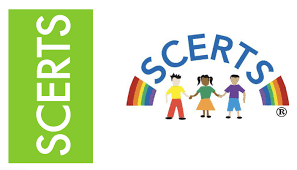

Supporting Understanding
This video features six top tips to help a young person better understand what is being said to them.
It is part of a series that has been made to help parents and carers support young people (aged 11-18) with communication difficulties.
Cost: Free
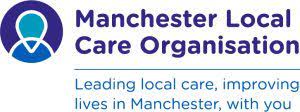


Attention Autism
Attention Autism is an intervention model designed by Gina Davies, Specialist Speech and Language Therapist. It aims to develop natural and spontaneous communication through the use of visually based and highly motivating activities. It has been designed to help parents and professionals give their autistic child an irresistible invitation to learn, having fun whilst doing so and providing the child with an experience worth communicating about. Training is available for both professionals and parents.
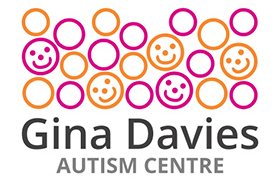



Black Sheep Press resources
Black Sheep Press produce a wide variety of resources for professionals and speech and language therapists working with children with speech and language needs. The resources have been devised by experts and include worksheets, assessments and apps. Resources are colourfully illustrated and come with clear guidance on how to use them. As well as assessment tools, the resources include activities to support speech sound development; attention and listening; vocabulary; word-finding; sentence structure; narrative structure and social skills.
Cost: £
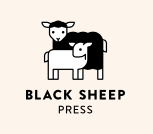

Afasic
Afasic supports parents and carers with young children who have difficulties with listening, talking and understanding others. Here is information for you use and to share with families of the children you support. It includes a wide range of information about talking, listening and understanding and what might cause these difficulties. If families are worried that their teenager is not talking or not saying as much as other children of their age, they can contact Afasic by telephone or email to speak to someone who can help.
Cost: Free




What Works database
The Communication Trust worked with the Better Communication Research Programme to develop the What Works database of evidenced interventions to support children's speech, language and communication. What Works is endorsed by the Royal College of Speech and Language Therapists. It supports practitioners to deliver evidence-informed interventions and approaches to support children and young people with speech, language and communication needs.
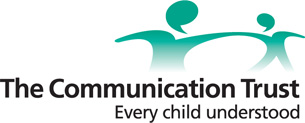


BCTC Toolkit - Visual Support
Blackpool Classrooms That Communicate is a curated collection of resources and advice that puts speech, language & communication at the heart of helping staff to help the children and young people they work with. This includes a wide range of resources and information on the use of visuals to help support the understanding of written and spoken language. These can used with all children including those who find it difficult to listen, process and remember.
Cost: Free



BCTC Toolkit - Effective Communication
Blackpool Classrooms That Communicate is a curated collection of resources and advice that puts speech, language & communication at the heart of helping staff to help the children and young people they work with. This includes a wide range of information and strategies for supporting understanding, talking and communication.
Cost: Free


AAC information
A range of information to support use of augmentative and alternative communication approaches. This include the “Focus On…” series of eight leaflets cover topics related to augmentative and alternative communication (AAC). They are available in print copy and as downloadable PDF files.
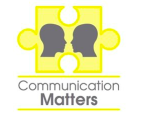



RADLD
Developmental Language Disorder (DLD) is diagnosed when children and young people struggle with language, resulting in children who have difficulty understanding what people say to them, and struggle to articulate their ideas and feelings. This website provides you with information and resources to help identify and support children and young people with DLD. Information can also be shared with families and carers of children and young people with DLD.
Cost: Free





Makaton sign and symbol resources
These free Makaton resources are available for you to access and use to support communication with children and young people. These symbols and signs, which can also be shared with families, help you to provide extra information and clues about what you are saying as well as support the development of essential communication skills such as attention and listening and understanding.
Cost: Free


Language for Behaviour and Emotions
This practical, interactive resource is designed to be used by professionals who work with children and young people who have Social, Emotional and Mental Health needs and Speech,Language and Communication needs. Gaps in language and emotional skills can have a negative impact on behaviour as well as mental health and self- esteem. Language for Behaviour and Emotions provides a systematic approach to developing these skills so that young people can understand and work through social interaction difficulties.
Cost: £
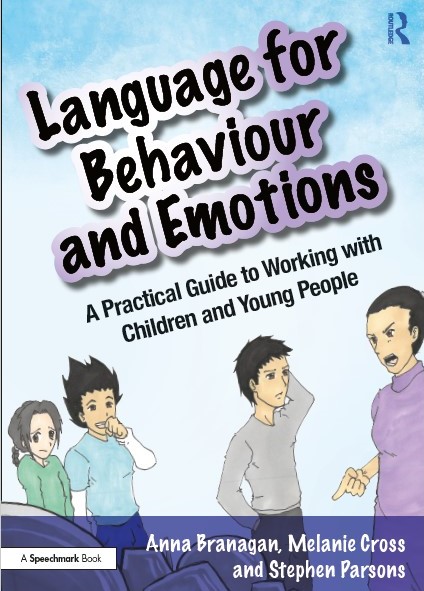

Vocabulary Enrichment Intervention Programme
This book helps to enhance the understanding and use of vocabulary in secondary school students and young adults. Specifically designed for older children and young adults (8-18) with language and communication needs, this practical language programme was created by a specialist speech & language therapist with input from secondary school teachers and students.
Cost: £105
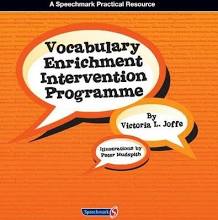

Teen Life Programme
Teen Life is a support programme for parents and carers, offering advice and guidance on strategies and approaches to working with autistic children and young people aged 10-16 years. The Teen Life programme aims to empower parents and supporting professionals to understand more about how autism is experienced by autistic teenagers.




DLD and Me: Supporting Children and Young People with Developmental Language Disorder
DLD and Me is a functional, engaging resource for children and young people with DLD and the professionals and families that work with them. The book consists of an easy-to-follow, 12-week programme designed to help children and young people understand their strengths, what makes them different, what DLD is and how they can support their own communication in everyday life.
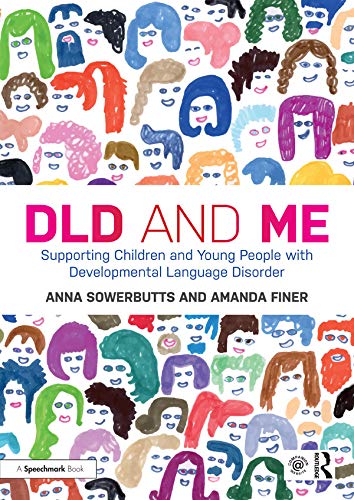



smiLE Therapy
smiLE Therapy is for Primary and Secondary aged students, those in Further Education/Colleges and for Adults, who have communication needs due to eg. Deafness/hearing impairment, Learning Difficulties, Developmental Language Disorder, Autistic Spectrum Disorders or Physical Difficulties, who need to develop skills to be able to communicate effectively face-to-face in everyday situations.


Narrative Intervention Programme
This book improves the understanding and telling of stories in secondary school students and young adults. Specifically designed for older children and young adults, this practical language programme was created by a specialist speech & language therapist with input from secondary school teachers and students.
Cost: £94.50
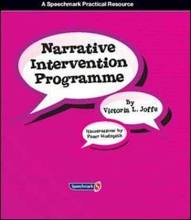

Talking Mats
Talking Mats communication symbols tool is based on extensive research and designed by Speech and Language Therapists. It uses unique, specially designed picture communication symbols that are attractive to all ages and communication abilities and is used by clinical practitioners, carers and support workers in a wide range of health, social work, residential and education settings to increase children, young people and adults' capacity to communicate effectively about things that matter to them.
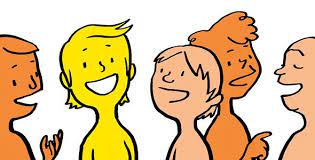

Lift Lessons 6-14
Digital resources with a focus on teaching keywords in science to empower students aged 6 to 14 with their academic language.


Engage with Developmental Language Disorder
Engage with Developmental Language Disorder (E-DLD) connects people affected by DLD to academic research. E-DLD keep families and individuals updated on research findings; current research projects; DLD-related activities. They also host events, allowing members to meet and share experiences. E-DLD supports researchers and other professionals working to improve outcomes for people with DLD.
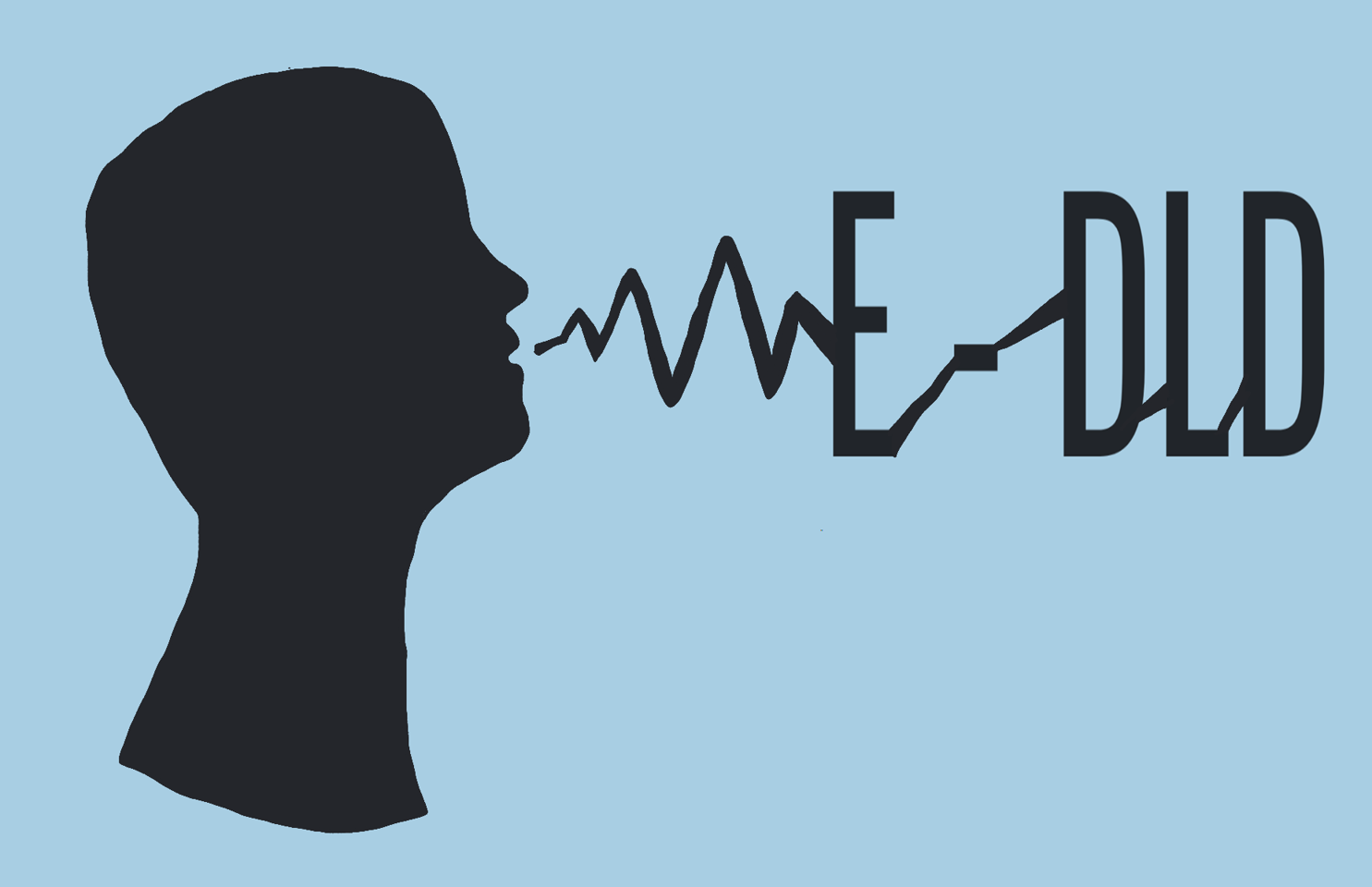




Signs and Symbols
Widgit provides symbols that can be used to support communication making information, documents and resources to be more accessible and inclusive. The symbols can be used for a variety of purposes such as creating communication books to share information; visual timetables to support understanding of structure and routine; task boards to support independent learning; pictures to develop vocabulary and to support children learning English as an additional language.
This website has information to support your understanding of how to use symbols including training resources, events and links to a network of organisations around the UK who offer advice and support.
There is also information for parents and carers to help them understand how they can use symbols to support their child or young person at home.
Cost: £9/month upwards


PECS
Alternative/augmentative communication system. PECS consists of six phases and begins by teaching an individual to give a single picture of a desired item or action to a “communicative partner” who immediately honours the exchange as a request. The system goes on to teach discrimination of pictures and how to put them together in sentences. In the more advanced phases, individuals are taught to use modifiers, answer questions and comment.
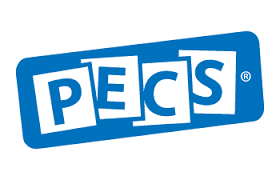

Makaton training
Information about a variety of Makaton training options including online; face to face and inhouse workshops. This page also provides information about the different levels of training that Makaton offer.
Cost: £



Michael Palin Centre for Stammering
The Michael Palin Centre for Stammering helps children, young people and adults who stammer through individually-tailored therapy delivered by highly experienced specialists.
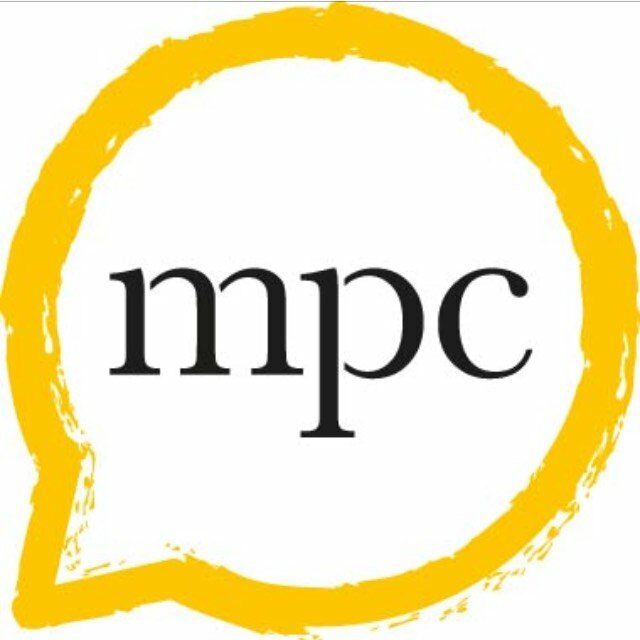




Strategies to support language disorders
Leaflet outlining key strategies to support language disorders in the classroom.
Cost: Free
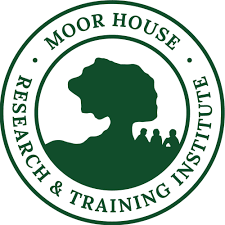

Colourful Semantics
'Colourful Semantics' was developed by Alison Bryan and is used by SLTs across the UK and beyond, to support spoken and written language development across a wide range of client groups.
Colourful Semantics – a practical resource is a Mac / Windows-compatible CD-ROM which uses this theory and provides a wide range of practical games, advice sheets and illustrations, to support the use of ‘Colourful Semantics’ with preschool and primary children across the curriculum.
The pictures are fun, the ideas are varied and the advice is practical. Resources can be printed off, copied and used for therapy by SLTs, Teachers and assistants to support expressive and receptive language targets. The disk is clear, easy to use and ready to go.
Cost: £
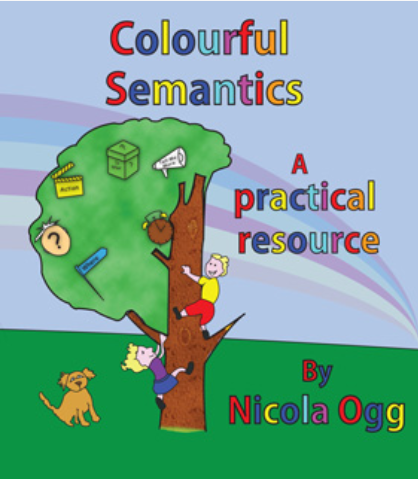

Shape Coding
The SHAPE CODINGTM system teaches spoken and written grammar to school-aged children with Developmental Language Disorder (DLD). It was designed primarily for school-aged children and young people with language disorders but has also been used with younger children. The system uses a visual coding system to show the rules for how words are put together in sentences, to develop the child’s understanding and use of grammar, so that they can communicate more effectively. Here you will find further information including options for training in the SHAPE CODINGTM system.
Cost: Free









